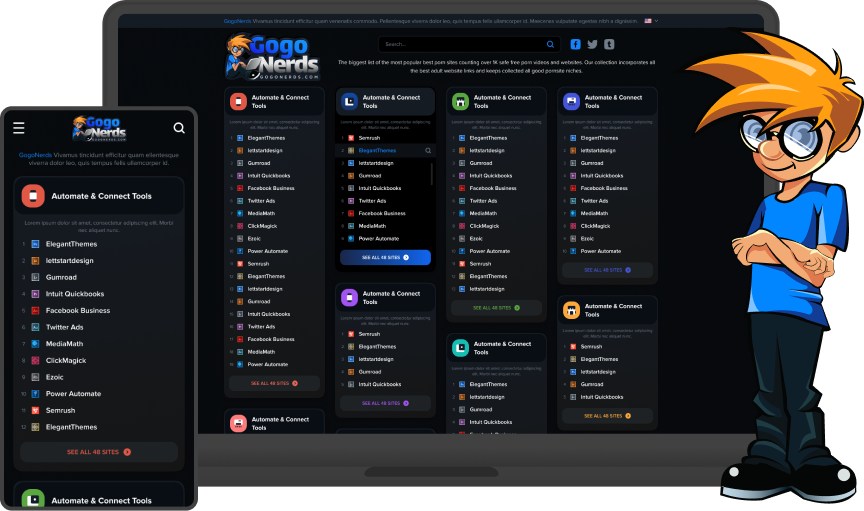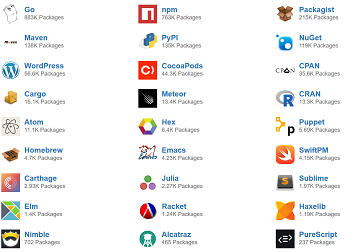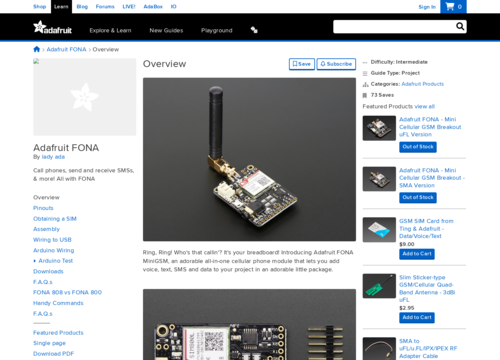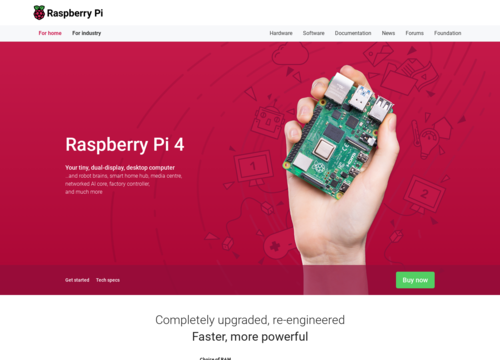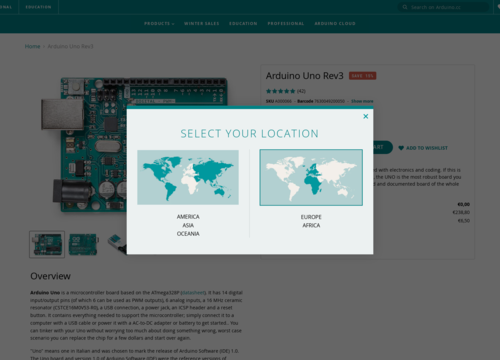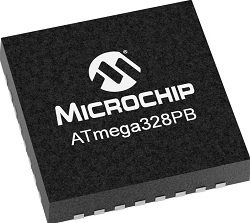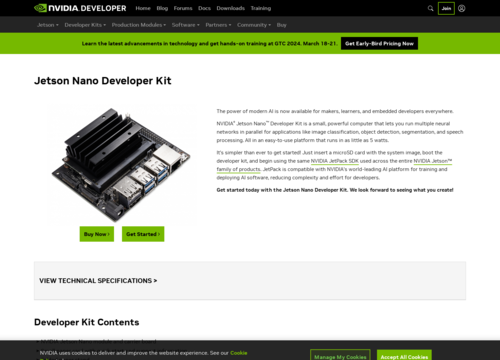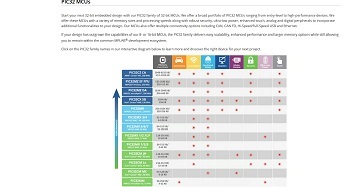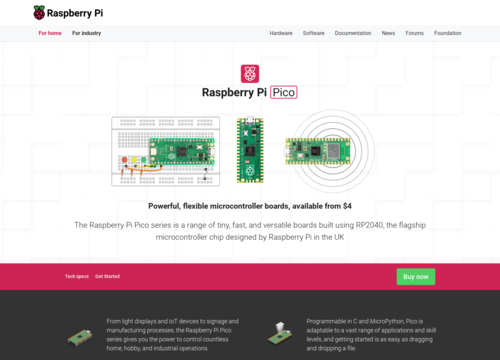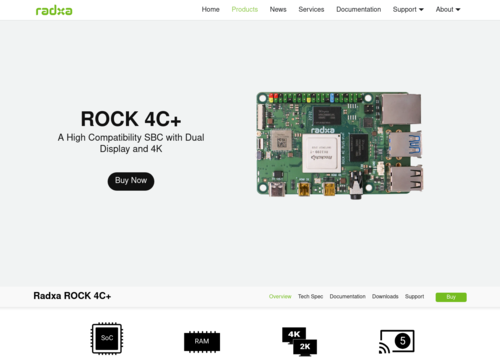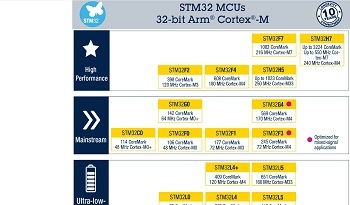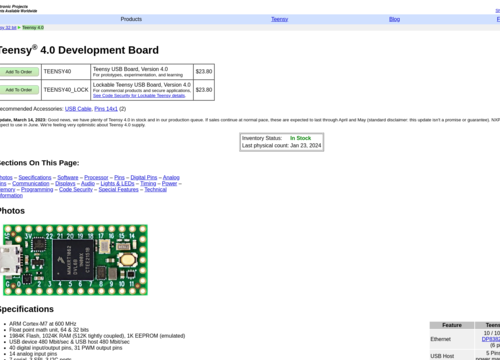ESP8266
The ESP8266 is a highly popular and versatile microcontroller that is widely used in the field of the Internet of Things (IoT) and hobby electronics.
Wi-Fi Capabilities
The most significant feature of ESP8266 is its built-in Wi-Fi functionality. This allows the device to connect to wireless networks, making it ideal for IoT applications where remote data transmission and control are needed.
Processing Power and Memory
The ESP8266 is powered by a Tensilica Xtensa LX106 microprocessor, which is a 32-bit processor. It typically runs at 80 MHz, but it can be adjusted to 160 MHz. In terms of memory, a variety of flash memory sizes range from 512 KB to 4 MB, which is more than sufficient for simple to moderately complex applications.
GPIO Pins
This group of pins offers multiple general purpose input/output (GPIO) pins. The exact number of pins can vary depending on the specific module variant (such as ESP-01 or ESP-12), but these pins can be used for interfacing with various sensors, actuators, and other electronic components.
Analog to Digital Conversion (ADC)
The ESP8266 includes an analog to digital converter (ADC) channel, which allows it to read analog signals. This approach is particularly useful for reading data from analog sensors.
Power requirements
ESP8266 operates at 3.3 V, which is important because supplying a higher voltage (such as the commonly used 5 V) can damage the module. It is also known for being power efficient and an important feature of battery-operated IoT devices.
Programming
The ESP8266 can be programmed using several methods, with the most common being the Arduino IDE. This ease of programming, along with the extensive libraries and community support, makes it accessible even for those with limited programming experience.
Networking features
In addition to standard Wi-Fi capabilities, various networking protocols, such as TCP/IP, also support the creation of simple web servers and the handling of HTTP requests.
Community and Ecosystem
One of the strengths of the ESP8266 is its vast community and ecosystem. There are numerous tutorials, forums, and third-party tools available, making it easier to start and troubleshoot projects.
Cost-effectiveness
This approach is incredibly affordable, which adds to its popularity, especially among hobbyists and educators. Despite its low cost, this approach does not compromise much on performance or features.
Applications
Its applications are vast, ranging from simple DIY projects to complex IoT systems. Common uses include home automation, sensor networks, and basic data logging.
Variants and Form Factors
ESP8266 is available in various models, each of which differs slightly in terms of pinout, size, and onboard features. For example, ESP-01 offers a minimalistic approach with fewer GPIO pins and is suitable for simple tasks, while models such as ESP-12 and NodeMCU offer more GPIOs and are breadboard friendly, making them better suited for complex projects.
Deep Sleep Mode
A notable feature of the ESP8266 is its deep sleep mode, which drastically reduces power consumption, making it ideal for battery-powered or energy-efficient applications. In deep sleep mode, the chip maintains a low-power state but can wake up periodically to perform tasks, such as sending sensor data.
Firmware and SDKs
The ESP8266 can be used with different firmware and software development kits (SDKs), including the native ESP8266 Non-OS SDK and the RTOS SDK. These provide advanced features for developers, such as lower-level control and the ability to run a real-time operating system.
OTA Updates
OTA Updates support Over-The-Air (OTA) updates, allowing the firmware to be updated wirelessly. This is a critical feature for IoT devices deployed in hard-to-reach places.
Serial Communication
The ESP8266 communicates via serial communication, making it compatible with a wide range of microcontrollers and computers. Universal Asynchronous Receiver‒Transmitter (UART) is typically used for this purpose.
Integrated TCP/IP Protocol Stack
Having an integrated TCP/IP protocol stack simplifies internet connectivity tasks, enabling the device to manage network communications more efficiently.
Customizability and Scalability
Due to its open nature, this approach is highly customizable and scalable, fitting a wide range of applications from simple home automation tasks to industrial IoT applications.
Learning Curve
While the ESP8266 is beginner friendly, especially when used with the Arduino IDE, mastering all of its features can involve a steeper learning curve, particularly for those delving into more advanced networking and IoT concepts.
Community Projects and Libraries
The vast number of community projects and libraries available for the ESP8266 greatly accelerates development time, as many common tasks and functionalities have already been implemented by others.
Limitations
Despite its many advantages, ESP8266 has several limitations. For instance, compared with other microcontrollers, which have limited I/O capabilities and are single-core processors, they can handle only one operation at a time, which might constrain complex multitasking applications.
The ESP8266 is a powerful, cost-effective microcontroller with robust Wi-Fi capabilities, making it a popular choice for a wide array of projects in the IoT domain. Its combination of features, community support, and ease of use make it an excellent option for both beginners and experienced developers in the realm of embedded systems and the IoT.

